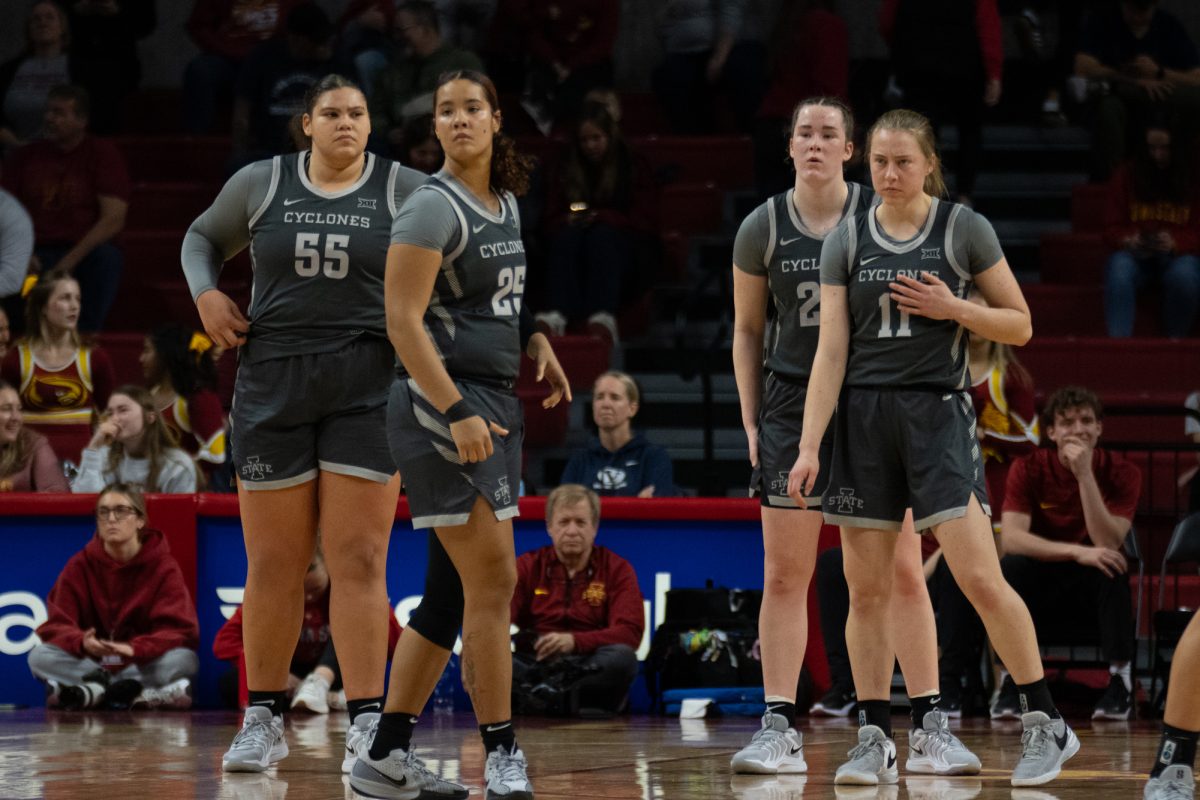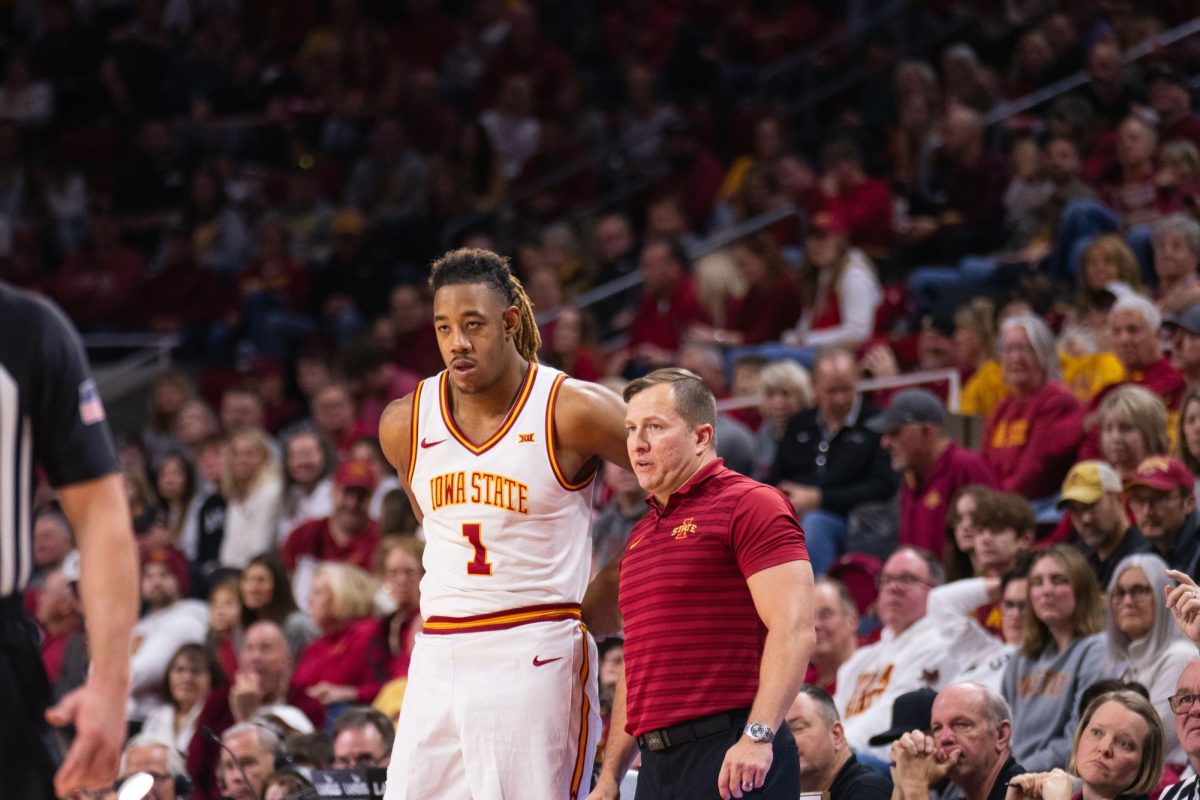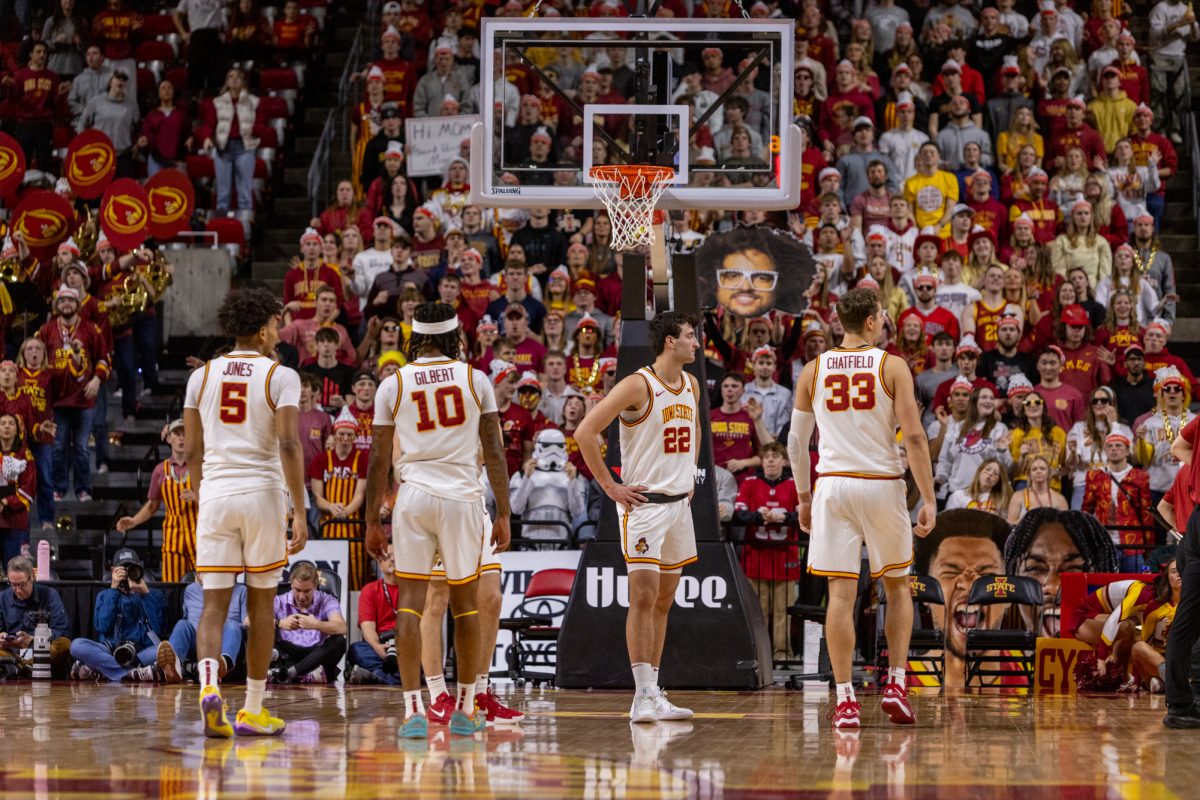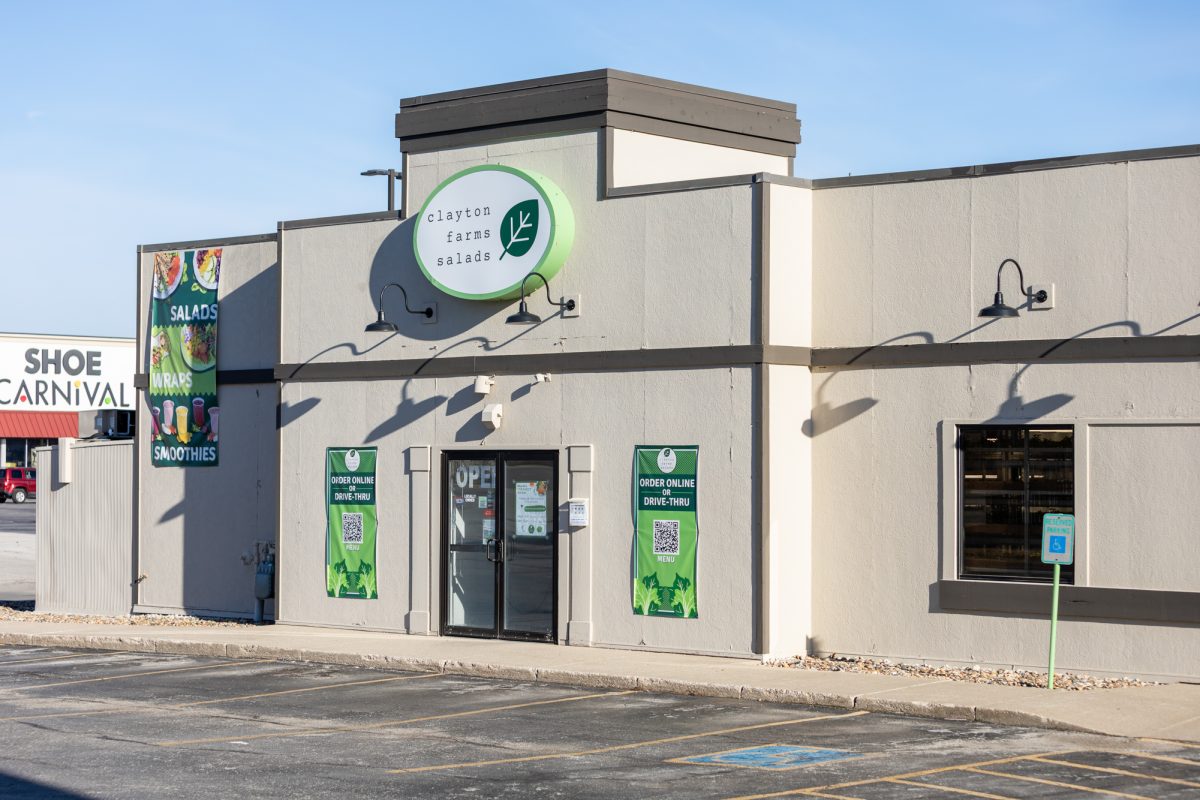Stoffa: Student loans need to be eligible for bankruptcy [PRINT VERSION]
February 19, 2013
Many college students across the nation have been receiving letters of notification in the post concerning their student loans. The federal government is informing students that their college loans were handed over to Sallie Mae.
Sallie Mae has been one of the largest private education loan providers for years, assisting students whose federal loans are not enough and that are subsequently without any other options to finance their education.
And I’ll tell you something. The number of students in need of assistance beyond federal loans is increasing, especially given the high number of families already still repaying their student loans and, hence, unable to contribute much or at all.
A college degree does likely get you a job nowadays over the bloke without a nifty piece of accredited paper, but that job isn’t necessarily going to pay enough money to cover all your bases.
Living in that real world comes with a lot of responsibilities compared to college life, where a lot of students still had mommy or daddy to reach out to when they screwed up. Common real world expenses that are all on the newly graduated individual alone include housing fees, food, medical, general utilities, clothing and other household items, Internet and cell phone, car maintenance, planning for families, unforeseen events, and a bit of entertainment. And, oh yeah, this one is usually the biggie — student loans.
The real world tends to pay most newcomers bottom-of-the-barrel salaries or hourly wages. But let’s say your diploma does what it is supposed to do right out of college, and you land something a little better than President Obama’s newly proposed $9 per hour minimum wage:
Working 40 hours a week, four full weeks out of the month, 12 full months a year at $15 an hour is the same as a salary of $28,800, and that is before any taxes. Looking at the Statistical Abstract for the 2012 U.S. Census Bureau, about one-third of households make that much or less.
The student debt for an average student — four years in college for a bachelor’s degree — freshly graduated is $27,000. The Stafford Loans many students have are at 6.8 percent interest and set for repayment over 10 years. Just using those numbers, a student’s interest is $10,285.87 with monthly payments of $310.72 or $3,728.64 per year.
So, let me tell you, bubba. $28,800 does not cut it if you want to be more than a workhorse well into your twilight years, and possibly still then.
But hey, everyone knows a college degree guarantees you make more than that with nary a risk of not having the perfect 40 hours a week every single week out of the year without a break and increasing wages with time, right? (#sarcasm)
Before 2005, if the weight of the world fell too hard on a student’s shoulders, they could file bankruptcy to include private school loans. Then, the Bankruptcy Abuse Prevention and Consumer Protection Act eliminated even those from potential discharge.
The need for that safety net might now be at hand again. The Fairness for Struggling Students Act was proposed in 2013 to put student loans not made, insured, funded or guaranteed under a government program back into the bankruptcy system.
And even those federal loans not under the proposed umbrella can be discharged with certain provisions provided under public service.
This isn’t to say bankruptcy is a get-out-of-jail-free card and shouldn’t be used as such, nor would it be that simple, but it would give students an option if life seems jolly rotten before the urge to laugh and smile and dance and sing is snuffed out.
Even Sallie Mae is “not opposed to bankruptcy protection for student loans, provided that it applies to all student loans, and there is some sort of good faith attempt at payment for five or six years” according to a Forbes interview with John F. “Jack” Remondi, president and chief operating officer of Sallie Mae.
Contact your representatives to let them know you support the Fairness for Struggling Students Act of 2013. Maybe you won’t need it; maybe you will. Maybe it will help someone you know or even someone you haven’t met yet that you want to share your life, and financial plights, with.
Whatever the reason, with low starting pay and a challenging job market already in place, having some kind of safety net in place for those still struggling terribly under student loans after six or so years is a logical idea to back.
——————————————————————————————-
Gabriel Stoffa is a graduate student in political science from Ottumwa, Iowa.






